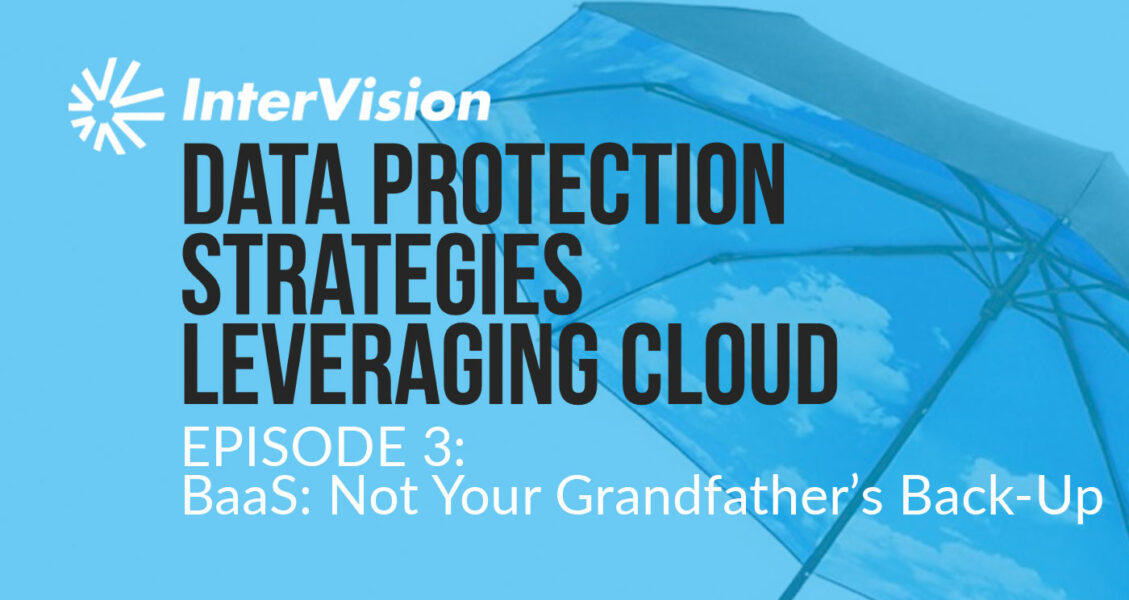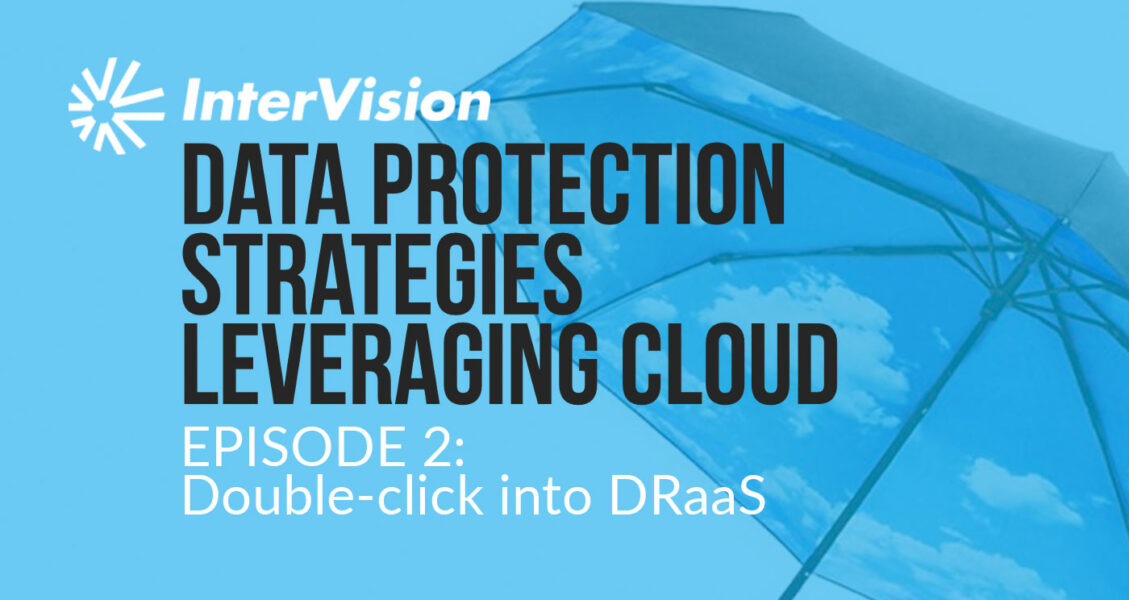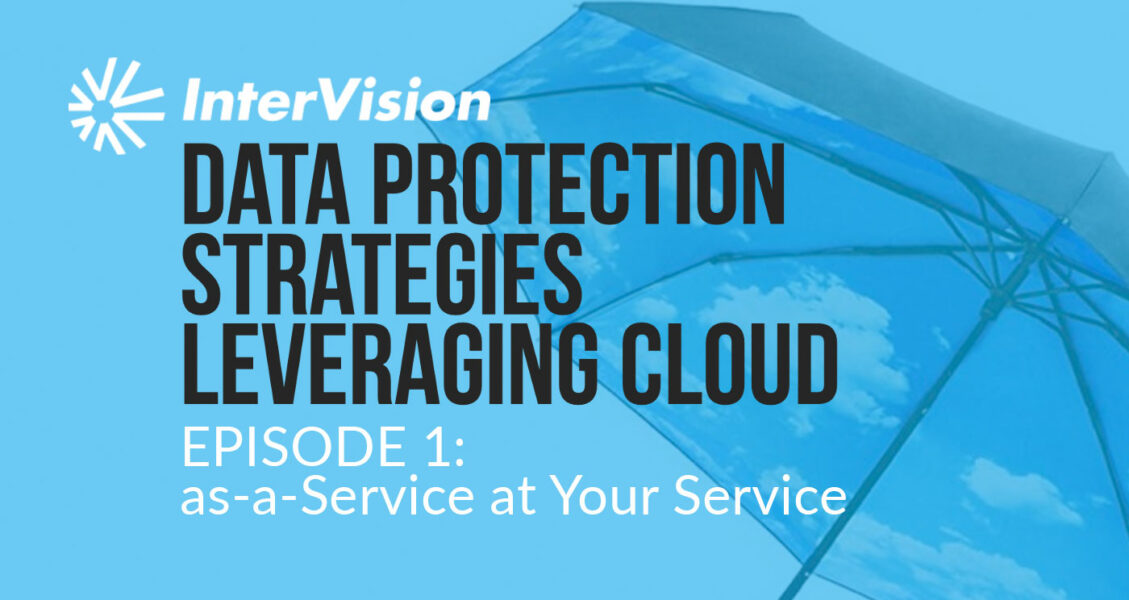The purpose of a DR plan is to provide the rest of your organization with the confidence that when a disastrous event occurs, you can recover. But there are a lot of disaster types these days.
Ransomware is a reality of the business world. Being more dependent on technology means that unfortunately, cybercriminals know that as well.
Considering Disaster Recovery as a Service? This guide provides a business-focused perspective on IT recovery and how to leverage DRaaS to meet your availability requirements.
Adam Scamihorn, Product Manager at InterVision, delves into stories of organizations that evaded disaster following a ransomware attack.
BaaS is different from traditional backup because it is managed by an experienced service provider that removes the daily burden of backup management from your IT staff and provides well-architected solutions that consider industry best practices.
Consult with a DRaaS provider like InterVision to learn more about how DRaaS can play a role in ransomware mitigation. Taking a holistic approach to cybersecurity is the best starting point toward a better IT stance and a DRaaS plan empowers your IT team with a strong plan to recover in the aftermath of an event.
Derek Brost and Jeff Ton discuss a two pronged approach to combatting ransomware; both preventative and restorative measures.
The client was able to recover the sales data that would have normally been lost if they were only relying on backups.
With the list of possible disruptive events that can take a business offline growing in number year over year, it’s no surprise so many organizations’ leaders are now asking IT departments to strengthen their stance against these threats. But what role can DRaaS and the cloud play in ensuring this greater resiliency?











